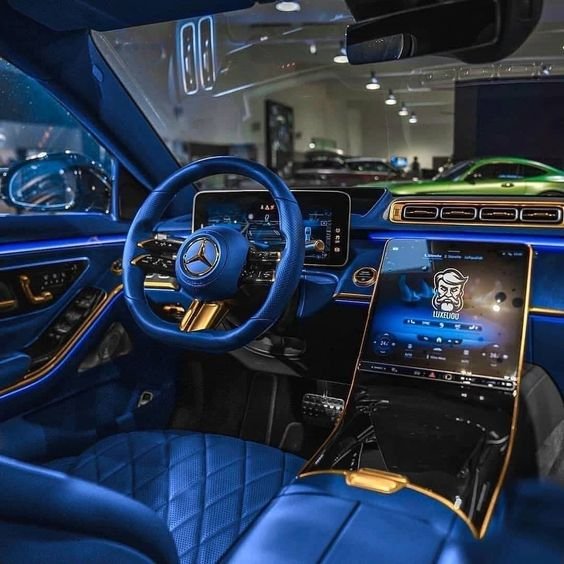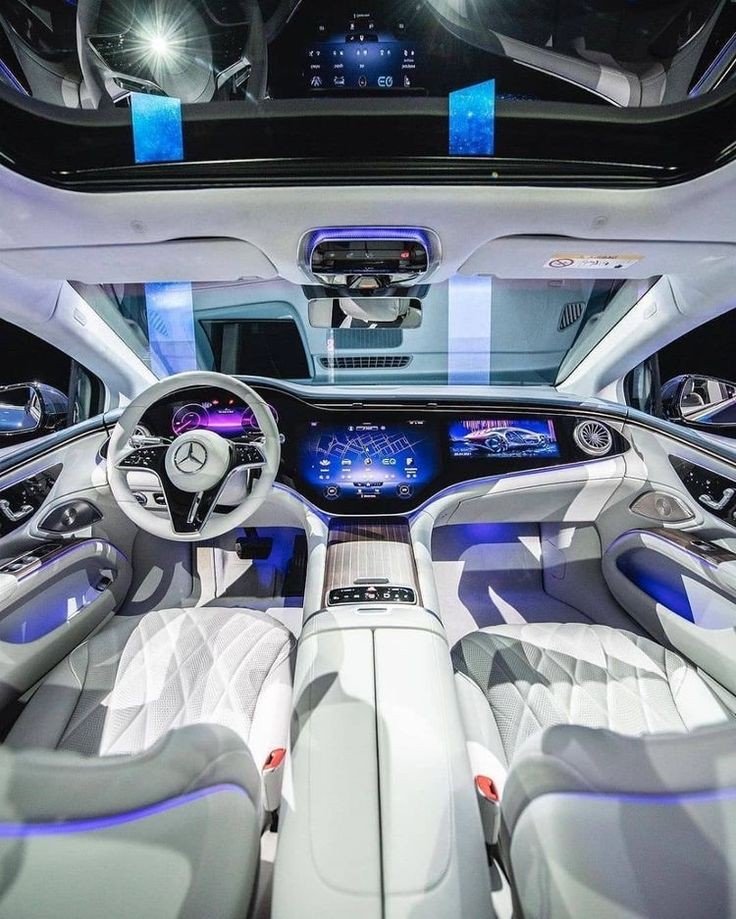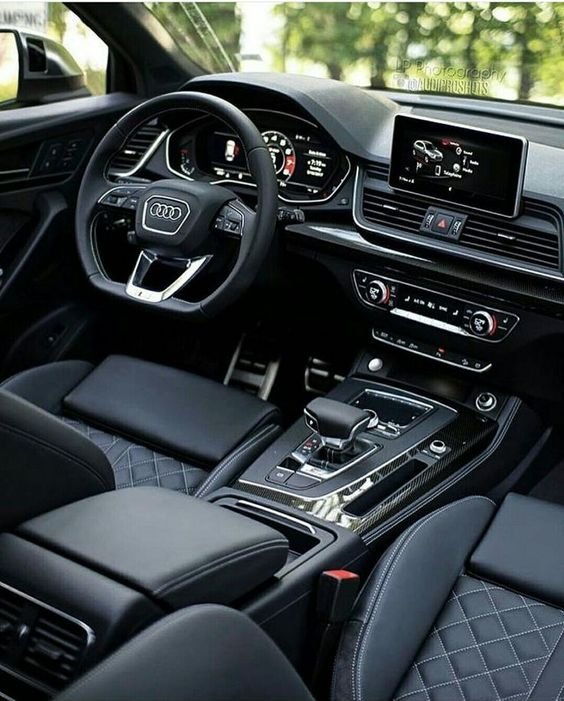
Classic cars hold a special place in the hearts of automotive enthusiasts and collectors around the world. These vintage vehicles are not only prized for their historical significance and aesthetic appeal but also for the stories they tell and the nostalgia they evoke. Preserving and restoring classic cars is both an art and a science, requiring a deep appreciation for automotive history, meticulous attention to detail, and a passion for craftsmanship. This detailed article explores the world of classic cars, focusing on the importance of preservation, the restoration process, and the challenges and rewards of maintaining these automotive treasures.
1. The Importance of Preserving Classic Cars
Historical Significance
Classic cars serve as a tangible link to the past, offering a glimpse into the technological advancements, design trends, and cultural influences of their time. Each vintage vehicle tells a unique story about the era in which it was built, reflecting the craftsmanship, engineering innovations, and societal values of that period. Preserving classic cars helps keep this rich automotive history alive for future generations to appreciate and learn from.
Cultural and Aesthetic Value
Classic cars are often considered works of art, showcasing the creativity and ingenuity of their designers. The sleek lines, elegant curves, and distinctive styling of vintage vehicles make them highly sought after by collectors and enthusiasts. Preserving these cars ensures that their beauty and cultural impact are not lost to time, allowing them to continue inspiring admiration and appreciation.
Educational and Inspirational Role
Preserved classic cars serve as educational tools, providing valuable insights into automotive engineering, design, and history. They can inspire future generations of engineers, designers, and car enthusiasts, fostering a deeper understanding and appreciation of the automotive industry. Museums, car shows, and educational programs centered around classic cars play a crucial role in this educational mission.
2. The Restoration Process
Restoring a classic car to its former glory is a labor of love that requires patience, skill, and dedication. The process can be broken down into several key steps:
2.1 Initial Assessment and Planning
The first step in restoring a classic car is to conduct a thorough assessment of its condition. This involves inspecting the vehicle’s body, chassis, engine, and interior to identify any damage, rust, or wear. Based on this assessment, a detailed restoration plan is developed, outlining the necessary repairs, parts replacements, and refurbishments.
2.2 Disassembly
Once the restoration plan is in place, the car is carefully disassembled. This step involves removing the engine, transmission, suspension, interior components, and other parts. Each component is meticulously cataloged and stored to ensure that nothing is lost or damaged during the restoration process.
2.3 Bodywork and Paint
The bodywork stage is one of the most critical and labor-intensive parts of the restoration process. It involves repairing any rust or damage to the car’s body panels, straightening the frame, and ensuring that all gaps and alignments are perfect. Once the bodywork is complete, the car is primed and painted, often using period-correct colors and techniques to achieve an authentic finish.
2.4 Mechanical Restoration
The mechanical restoration phase focuses on the car’s engine, transmission, suspension, and braking systems. This may involve rebuilding or replacing the engine, refurbishing the transmission, and upgrading the suspension and brakes to ensure that the car performs as well as it looks. Attention to detail is crucial, as even minor discrepancies can affect the car’s authenticity and value.
2.5 Interior Restoration
Restoring the interior of a classic car involves refurbishing or replacing the upholstery, dashboard, instruments, and other interior components. This step requires a keen eye for detail and a commitment to using period-correct materials and techniques. The goal is to recreate the car’s original interior as accurately as possible, preserving its historical integrity.
2.6 Reassembly and Testing
Once all the restoration work is complete, the car is carefully reassembled. This step involves reinstalling the engine, transmission, suspension, and interior components, ensuring that everything is properly aligned and functioning correctly. The final stage of the restoration process is testing the car to ensure that it runs smoothly and meets all safety and performance standards.
3. Challenges in Preserving and Restoring Classic Cars
Sourcing Original Parts
One of the most significant challenges in restoring classic cars is finding original or period-correct parts. As these vehicles age, original parts become increasingly scarce and expensive. Enthusiasts often rely on specialized suppliers, salvage yards, and online marketplaces to locate the necessary components. In some cases, custom fabrication may be required to reproduce parts that are no longer available.
Maintaining Authenticity
Maintaining the authenticity of a classic car during restoration is crucial for preserving its historical value. This requires extensive research and attention to detail to ensure that every aspect of the restoration process aligns with the car’s original specifications. Any deviation from authenticity can diminish the car’s value and historical significance.
Technical Expertise
Restoring classic cars requires a high level of technical expertise and craftsmanship. This includes knowledge of vintage automotive technologies, specialized repair techniques, and an understanding of historical design and engineering principles. Enthusiasts often seek out skilled craftsmen and restoration specialists to ensure that their cars are restored to the highest standards.
Financial Investment
Restoring and preserving classic cars can be a costly endeavor. The expenses involved in sourcing parts, performing repairs, and completing the restoration work can add up quickly. However, for many enthusiasts, the investment is justified by the satisfaction of bringing a piece of automotive history back to life and the potential increase in the car’s value.
4. The Rewards of Classic Car Restoration
Personal Satisfaction
For many enthusiasts, the process of restoring a classic car is a deeply rewarding experience. The satisfaction of transforming a neglected or damaged vehicle into a beautifully restored masterpiece is unmatched. The journey of discovery, learning, and hands-on work fosters a deep connection with the car and a sense of accomplishment.
Financial Value
Restoring a classic car can significantly increase its market value, especially if the restoration is done to a high standard and the car is a rare or highly sought-after model. Well-restored classic cars often appreciate in value over time, making them a sound investment for collectors.
Community and Camaraderie
The classic car community is a vibrant and supportive network of enthusiasts who share a passion for vintage vehicles. Car shows, rallies, and club events provide opportunities to connect with like-minded individuals, share knowledge, and showcase restored cars. The camaraderie and sense of community that come with classic car ownership are invaluable aspects of the hobby.
Preservation of History
Restoring and preserving classic cars helps ensure that these important pieces of automotive history are not lost to time. Each restored vehicle serves as a living testament to the craftsmanship, design, and engineering of its era, allowing future generations to appreciate and learn from the past.
5. Tips for Aspiring Classic Car Restorers
For those considering embarking on a classic car restoration project, here are some tips to help ensure a successful and rewarding experience:
Research and Planning
Thoroughly research the make and model of the car you plan to restore. Understand its history, specifications, and common issues. Develop a detailed restoration plan, including a budget and timeline.
Join a Classic Car Club
Joining a classic car club can provide valuable resources, support, and networking opportunities. Experienced club members can offer advice, recommend suppliers, and share restoration tips.
Start Small
If you’re new to classic car restoration, consider starting with a less complex project. This will allow you to build your skills and confidence before tackling more challenging restorations.
Invest in Quality Tools
Having the right tools is essential for a successful restoration. Invest in high-quality tools and equipment to ensure that you can perform repairs and restorations to a high standard.
Document the Process
Keep detailed records of the restoration process, including photographs, receipts, and notes. This documentation can be valuable for future reference, resale, and showcasing your work.
6. Notable Classic Car Models and Their Restorations
Several classic car models have become icons of the automotive world, renowned for their design, performance, and historical significance. Here are a few notable models and highlights of their restoration processes:
1965 Ford Mustang
The 1965 Ford Mustang is an American classic, known for its sporty design and performance. Restoring a Mustang often involves sourcing period-correct parts, refurbishing the V8 engine, and preserving the car’s iconic styling.
1957 Chevrolet Bel Air
The 1957 Chevrolet Bel Air is a symbol of 1950s Americana, with its distinctive tailfins and chrome accents. Restoring a Bel Air typically includes extensive bodywork, reupholstering the interior, and ensuring the car’s V8 engine runs smoothly.
1961 Jaguar E-Type
The Jaguar E-Type is celebrated for its stunning design and impressive performance. Restoring an E-Type involves meticulous attention to detail, particularly in preserving its sleek bodywork, inline-six engine, and luxurious interior.
1963 Porsche 911
The Porsche 911 is a legendary sports car known for its distinctive design and driving dynamics. Restoring a 911 often includes rebuilding the flat-six engine, refurbishing the suspension, and maintaining the car’s original styling.
Preserving and restoring classic cars is a deeply rewarding endeavor that combines a passion for automotive history, craftsmanship, and the thrill of bringing a piece of the past back to life. Classic cars are more than just vehicles; they are symbols of their era, reflecting the technological advancements, design trends, and cultural influences of their time. The process of restoring these vintage vehicles requires dedication, expertise, and a deep appreciation for the artistry and engineering that went into their creation.
As enthusiasts and collectors continue to preserve and restore classic cars, they ensure that these automotive treasures remain a vital part of our cultural heritage. Whether it’s the satisfaction of a completed restoration, the joy of driving a beautifully restored vehicle, or the camaraderie of the classic car community, the rewards of classic car restoration are plentiful and enduring.
ALSO READ: Skoda’s Upcoming Sub-4 Metre SUV: A New Contender







